
The tonnage profile for this Canadian National intermodal train gives overview and detailed information. Ray Weart collection Q When someone says the “weight of the train is xxx tons,” are they referring to the weight on the rails, or the effort needed to move it? Is there a difference?— Mike Llewellyn, Shamokin, Pa. A Yes, […]
Read More…
Q What does the term “manifest” mean in relation to railroading? Where and when did it originate?— Wesley Greer, Castle Rock, Colo. A Manifest comes from the Latin word manifestus, meaning “visible,” or “detected in the act.” It went into Middle English (because the Romans occupied England for a while), and in 1432 the word […]
Read More…
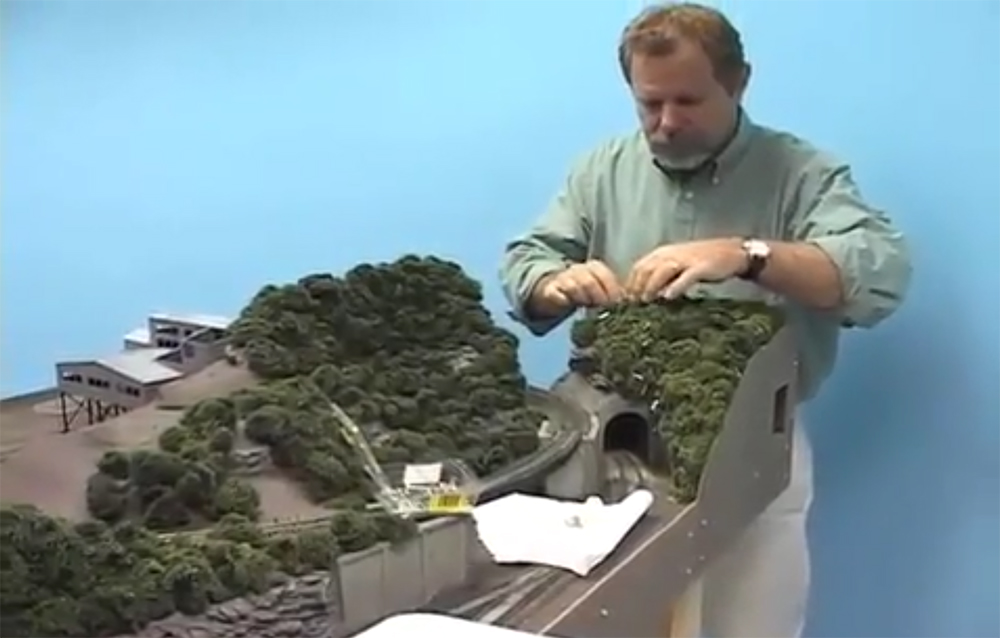
Having trouble viewing this video? Please visit our Video FAQ page Model Railroader editorial associate Eric Stelpflug and editor Neil Besougloff show how to make and install puffball trees. […]
Read More…

Having trouble viewing this video? Please visit our Video FAQ page Model Railroader editorial associate Eric Stelpflug and editor Neil Besougloff show how to make and install puffball trees. […]
Read More…
Q Does anyone know the origin of the term “shoo-fly track?”— Gordon Osmundson, Oakland, Calif. A According to the Historical Thesaurus of the Oxford English Dictionary, this is an American expression, first noted in 1903 and denoting a temporary track. The word “shoo” means go away, and presumably to do so “on the fly” is […]
Read More…
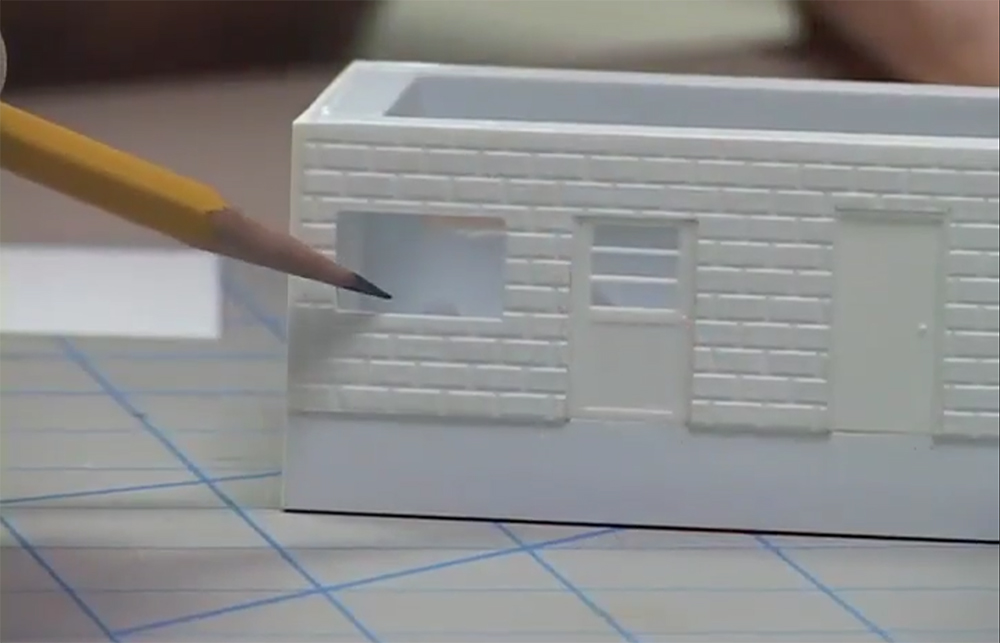
Having trouble viewing this video? Please visit our Video FAQ page Model Railroader associate editor Cody Grivno shows how to use a nibbler to make door and window openings. […]
Read More…

Having trouble viewing this video? Please visit our Video FAQ page Model Railroader associate editor Cody Grivno shows how to use a nibbler to make door and window openings. […]
Read More…
Q What is the difference between a cabless booster, a slug, and a calf?— Ken Williams, Tehachapi, Calif. A A cabless unit and a calf are quite similar. Cabless diesel units are usually considered to be road units from any builder and usually have their own designation. For example, an EMD F7 with a cab […]
Read More…

Orange Belt Railway President and GM Peter Demens (far right) stand near No. 7, a National Locomotive Works engine, in Pinellas County, Fla. Donald R. Hensley Jr. collection Q I recently heard about a railroad called the Orange Belt that ran through some of central Florida in the late 19th century. Who owned it? Where […]
Read More…
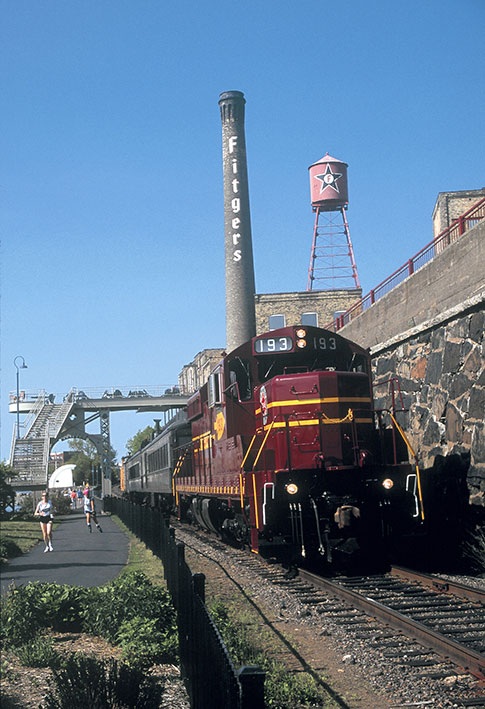
Steve Glischinski Match the initials below to the Map of the Month in the May 2011 issue of Trains Magazine. The three-page foldout map will show you which recreational trails 10 miles or longer in the United States were fashioned from abandoned railroad lines. We mapped 415 trails in all (strung together, they would stretch […]
Read More…
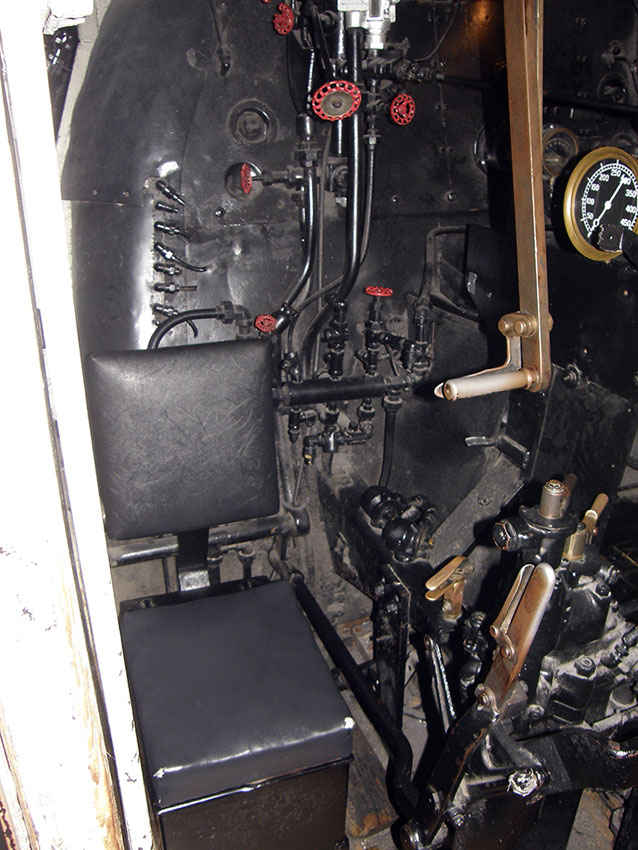
Q In a Southern Pacific cab-forward steam locomotive, is the engineer on the right side of the cab? If so, does he have to reach back to man the throttle, reverse gear, air brakes, etc.?— Ralph Podas, Columbus, Ohio A Builders of these locomotives redesigned the cabs entirely so that crews would face the correct […]
Read More…
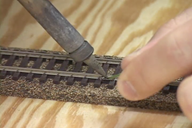
Having trouble viewing this video? Please visit our Video FAQ page Good electrical connections are key to a smooth running model railroad, and one way to help achieve this is with feeder wires. In this basic training video you’ll learn how to attach feeder wires to the rails of model railroad track. […]
Read More…







